Planning is the first step to a successful crop. Vegetable gardening is a satisfying hobby that can become part of one’s regular activities, providing tasty, healthful meals and motivating exploration of other plant cultivation. The planting calendar is vital in choosing the crops for your location in Alabama. Below we learn about the Alabama vegetable planting calendar, the best vegetables to grow in Alabama in different seasons, and the planting schedules of Alabama.
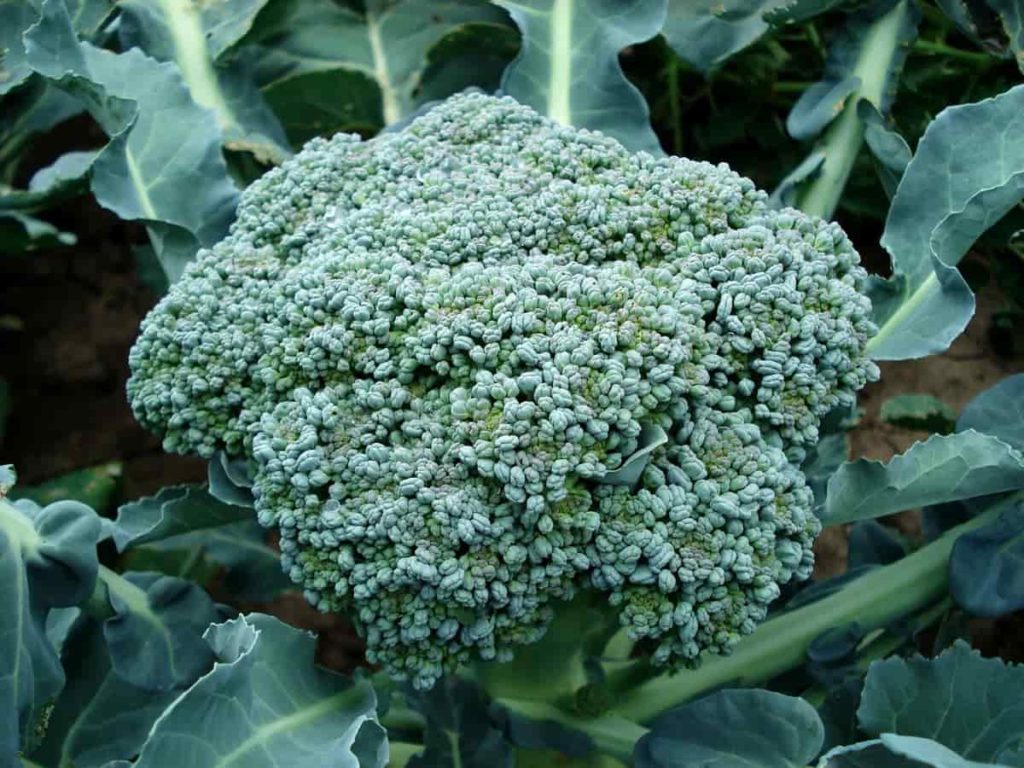
Alabama vegetable planting calendar (AL)
When should I start planting my garden in Alabama?
A great advantage of vegetable gardening in Alabama is that you can do it year-round. Thanks to the state’s moderate winters and long, hot summers, Alabamans can enjoy fresh cabbage and kale all year round. Most perennials and shrubs need careful consideration of the precise USDA hardiness zone in which they will be grown. Most veggies, however, are annuals that die after their first season. To ensure success, planting must take place within the optimum temperature range.
The final spring and the first autumn frost are averaged across years to get the frost dates for a specific location. These let gardeners know when it’s safe to grow delicate veggies, which need warmer soil and more daylight hours. The final frost date in Birmingham is said to be April 3, while the first frost date is said to be November 5. This translates to around 215 days when warm-season crops like tomatoes, peppers, cucumbers, and pumpkins can mature.
This type of preparation is also useful when considering the second crucial piece of data for vegetable cultivation: days to maturity. To estimate when you can expect your first harvest from a particular plant, check the “days to maturity” listed on the tag or packet of seeds. This is especially useful for late-summer plantings, such as peas or pumpkins, since you can use the date of the first frost to calculate how much time the plants have to produce a harvest before the frosty weather sets in.
What can I plant in January in Alabama?
Put out various fruits, including grapes, apples, pears, and peaches. Get going with pecan grafting. Take down dead branches. Broadleaf, narrow-leaf, and deciduous shrubs and trees should all be planted. To the south of Alabama, graft some camellias. To prevent and treat pests and diseases, spray all deciduous plants with ultrafine horticultural oil. When the temperature is beginning to rise, spray. Limestone should be added to the soil if it is indicated.
Do it now if you didn’t remember to apply pre-emergent herbicides in September and had problems with spring weeds the previous year. To choose plants, go to a garden center or nursery. Grow some roses. Think about using more conventional, disease-resistant varieties. Put in some tough annuals. Dutch bulbs that were planted late will still bloom if planted today. Grow whatever kind of lily you choose, except for a Madonna. Toss any bad bulbs you find in your storage area. Amaryllis, Callas, and gloxinias are ideal for indoor potted displays.
Remove any branches that were broken throughout the winter. Indoor plants might benefit from a dip in lukewarm water to wash away dust. After the flowers have faded from your poinsettia plant, flip the container over and let it dry out entirely. Trim them very little. To maintain quality, store between 55 and 60 degrees. Plant root crops and other hardy veggies in the south (mustard, spinach, garden peas, radishes, turnips). Plantings of broccoli, cabbage, lettuce, and Swiss chard can be started in cold frames.
Put in your orders for the south for broccoli, cabbage, cauliflower, lettuce, celery, collards, starts, and onion sets. Asparagus should be planted in late January in the south and central regions. Put in transplants of cabbage and cauliflower in the central areas. It’s best to hold off planting Swiss chard, transplants, mustard, and onion sets until the month of January comes to a close.
What can you plant in March in Alabama?
Keep the grape and strawberry crops going. Peaches and apples are in bloom in March. Blackberry planting should begin immediately. Shrubs (other than azaleas and camellias) should be fertilized based on soil test results. Plantings can be done late if they are cultivated in containers. Keep an eye out for pest insects among the bushes. In south Alabama, you can plant bermudagrass, zoysiagrass, and centipedegrass. Limestone should be added to the soil if it is indicated.
In case you missed it: Oklahoma Vegetable Planting Calendar (OK): Month Wise for Fall, Spring, Summer, Winter, Zone 6, Zone 7, and Zone 8

It is recommended that fescue lawns be fertilized with 1 pound of slow-release nitrogen every 1,000 square feet. Bait for fire ants should be used in the south if daytime temperatures remain over 70 degrees Fahrenheit. For optimal management, check the label thoroughly. Keeping an eye out for aphids on new growth is essential. Start a spraying or dusting activity. Start planting seeds now.
In the south, you should grow annuals that only survive for part of the year. You can get geraniums and petunias in garden centers, among other bedding centers. If a prolonged flowering period is required, gladiolus bulbs should be planted every two to three weeks. Tuberous begonias can be planted in containers. Sow dahlia seeds. Sprayers, dusters, and mowers should be checked and fixed. Weeds on the grass should be chemically controlled as necessary.
Weeds are an indicator of grass health, so if they become a major issue, it’s best to send a soil sample for analysis. Fruiting shrubs like cotoneasters, pyracanthas, and hollies should not be pruned until after they have flowered. All hardy crops should be planted in the central and northern regions between January and February. You should keep sowing lettuce, radishes, and carrots in the central and southern regions. Cultivate some squash and corn instead.
After the last frost in South Alabama, late March is the time to grow melons, beans, and southern peas. Plant some onion sets, lettuce, and asparagus in the central and northern regions. Irish and red-skinned potato cultivars should be planted from approved seed in early March. Tomato, pepper, and eggplant plants in the south need to be hardened off.
How late can you plant tomatoes in Alabama?
Tomato crop planting in the state’s southern section is done between March 1 and April 30. Gardens in North Alabama must get their crops in the ground between April 15 and June 15. If you want your flowers and fruit to mature before summer, you should avoid planting. Sunscald is going to be an issue for you. Sunscald is an issue if you plant it when it’s too hot outside, which might happen if you wait until late spring or early autumn.
Often, sunscald manifests as a white, blistered spot on the tomato’s surface. It might dry up and become susceptible to rots. On warm summer days, tomatoes are especially susceptible to damage. The best time to plant autumn crops in South Alabama is from July 15 to August 15, and in North Alabama, from July 1 to August 1. He reminds farmers of the upsides of double-cropping tomatoes.
What planting zone is Alabama in?
Know your planting zone and do some research on plants that do well in Alabama before you start designing your garden. Online maps can help you determine your growth zone. It shows when and how much to plant. Alabama may be planted in zones as low as 7a and 9a. When planting, be sure to use only plants that are hardy in your zone or a warmer one. Any plant classed hardy in zones 1 through 7a should thrive in zone 7a in Alabama. A harsh winter can kill a plant classified for a higher hardiness zone.
When can you plant potatoes in Alabama?
The harvest of Irish potatoes depends on several factors, including the time of year, the kind of potato planted, the soil’s moisture and nutritional content, and the quantity of sunlight the crop receives. Years with mild temperatures and ample precipitation throughout the season provide the best harvests. Fertilizer is a must for potato development and harvesting. Before planting potatoes, give each garden row an extra 1 pound of complete fertilizer (10-10-10).
Plant potatoes three to four weeks in advance to avoid being killed by the final frost. Only plant seeds from verified sources. The ideal seed potatoes are solid and un-sprouted. Preparation of the seed potatoes involves slicing them into pieces that weigh around 2 ounces each. Every seed material fragment must have at least one healthy bud or eye.
Place the pieces in the ground at 3 inches, 10 to 12 inches apart, and 36 inches in rows. The plants should be mound when they have emerged and started to develop. This is done by repeating the process of drawing soil around the plants multiple times throughout their early development until the seed bits are approximately 6 inches deep.
When the potato’s skin has hardened, it is ready to be picked. Typically, this occurs between 90 and 120 days following planting. However, it can vary with the weather. It’s important to dig for potatoes without damaging them. You can speed up the healing process of bruised potatoes by storing them in the dark at 65 to 70 degrees F for a week.
What month do you plant tomatoes in Alabama?
Backyard gardeners love growing tomatoes because their flavor far surpasses store-bought varieties. Tomatoes thrive in Alabama’s hot, humid summers. The best time to grow tomatoes in Alabama is in April. You can plant them in May or June if you want a later crop. Plant a tomato seedling there and press down hard. Confirm that the hole’s bottom is in touch with the plant’s base. Put the soil mixture you made in the hole. Air pockets in the soil can harm the plant and stunt its development, so pack the soil down tightly.
In case you missed it: Oklahoma Vegetable Planting Calendar (OK): Month Wise for Fall, Spring, Summer, Winter, Zone 6, Zone 7, and Zone 8
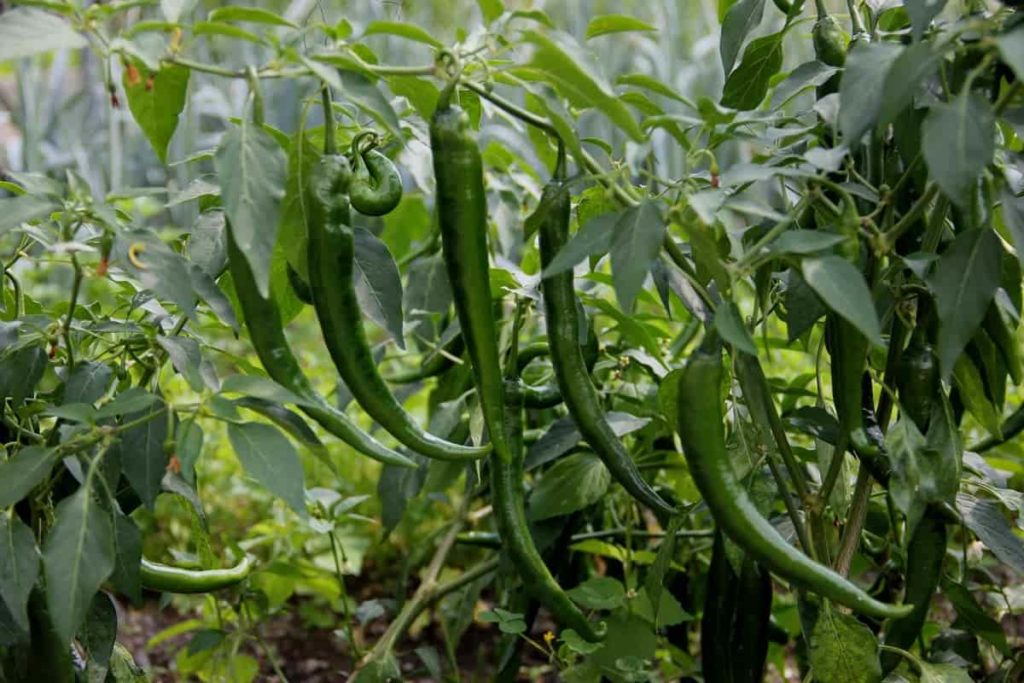
Water them as soon as possible after planting to assist the soil settling, and the plants establish their roots. Tomatoes need 1″ of water every week. During the summer, Alabama receives enough rain to keep the plants thriving, but you should still water them if the drought lasts for more than a week or if they start to wilt.
What vegetables can be planted now in Alabama?
Spring gardening in Alabama
If you’re excited about growing your food, whether it’s veggies, flowers, fruits, or a plush green lawn, you can celebrate the arrival of spring planting season in grand style once the dogwoods start flowering. Peas and Irish potatoes, two cool-weather crops, should be planted in the vegetable garden immediately. A trellis or fence is required for peas, and potatoes benefit from a thick layer of mulch. The extra effort is justified, however, since the quality of these vegetables is much enhanced when they are harvested directly from the garden.
Plant a small bed of carrots after you’ve finished planting leaf lettuce, radishes, spinach, parsley, chard, and beets. Cold nights may need to cover all these salad crops with an old blanket, but sunny weather will speed their growth to harvesting size. Tomato and pepper seeds are best started inside, and only gardeners living near the seaside should consider transplanting their seedlings so early.
Seedlings purchased from a nursery should be adopted as soon as they are unloaded from the truck so they can be transferred to bigger containers. The plants are never stressed in their early stages of development because root confinement produces better and longer-lasting fruit. New perennials like purple coneflower, stokesia, rudbeckia (black-eyed Susan), and coreopsis should be planted in flowerbeds in full light. At the same time, hostas and ferns should be used to cover shadier areas.
Then, fill the spaces with annuals that thrive in the chilly weather, such as scented sweet alyssum, dianthus, lobelia, and verbena. Planting petunias and dusty miller together in a highly visible container creates a stunning show that lasts till summertime. Additionally, summer-blooming bulbs like lilies, dahlias, and crocosmia should be planted now for the greatest results. Also, vintage tuberoses are a must for any flower enthusiast who values fragrance.
These and other summer bulbs thrive in well-drained soil, so avoid planting them in low areas that retain water for lengthy periods after rain. This is the perfect time to apply a crabgrass preventer if the sparse areas of your lawn keep being taken over by crabgrass. Go over your grass with a fishtail weeder. Fescue lawns benefit from modest feeding and may have barren places overseeded with new seeds. Pull individual winter weeds by hand on lawns with warm-season grasses like Bermuda, centipede, St.
Augustine, or zoysia before they produce seeds. However, you shouldn’t do any major lawn maintenance, including repairing the lawn, fertilizing it, or planting new grass until the grass has started to grow. Cut the stems to determine whether December’s frigid temperatures harmed your first fig tree limbs till green wood shows.
Blueberries don’t need much trimming, but they benefit from a little application of organic or time-release fertilizer scratched into the soil around the plants’ bases every few weeks. If you want to have successful strawberry plants, you should use pine straw as mulch in between the plants. It will aid in keeping the fruit clean and may reduce the number of slimy slugs that cause difficulties.
In case you missed it: How to Start Sweet Potato Farming in Asia: A Guide of Cultivation for Beginners
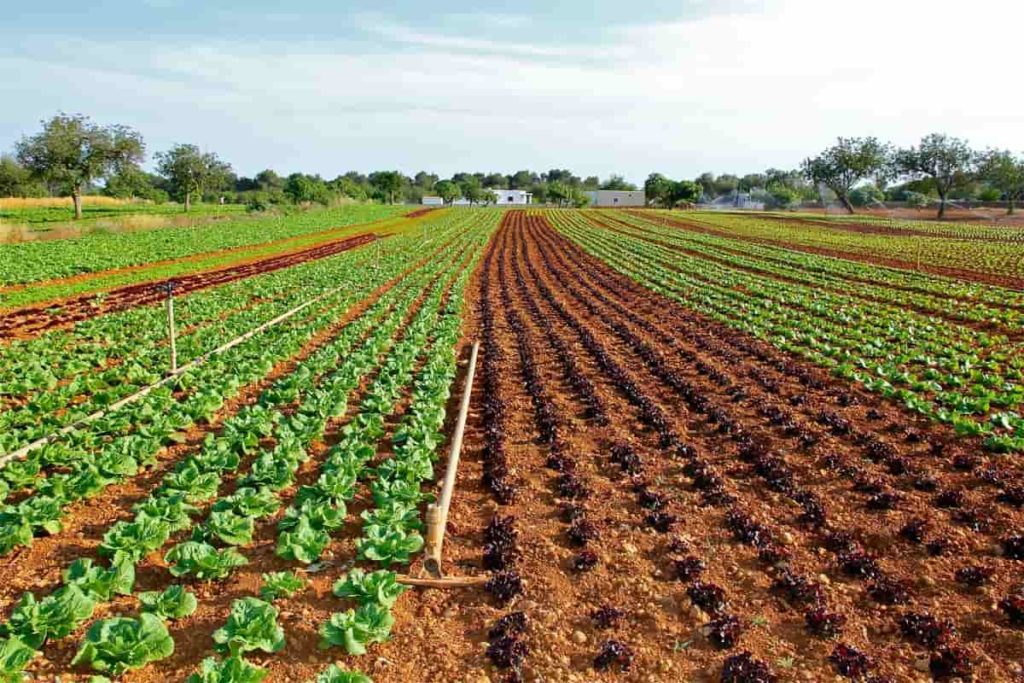
Fall gardening in Alabama
Many of us will spend more time in the garden this year since the fall season, which begins on September 22, is the best time for planting and gardening chores. With the onset of autumn comes cooler temperatures and, in many cases, an increase in precipitation, making it ideal for planting cool-weather crops like vegetables, flowers, and herbs. Also benefiting from these circumstances is the development of stronger, deeper root systems in trees, shrubs, and other perennials, giving them a head start on the next year’s growth.
Leavened greens (lettuce, spinach, and collards), root vegetables (beets, carrots), and cole crops thrive in the chilly temperatures of the winter. Many of these plants flourish better in the autumn, even though they are often planted in the spring. Because the soil is warm from the previous growing season, you can plant earlier in the autumn because of the decreasing temperatures. That is ideal for plants that thrive in the cooler months. They are frequently also cold tolerant.
Light frost improves the sweetness and taste of vegetables, including kale, collard greens, carrots, and sugar snap peas. Herbs, particularly cilantro, parsley, and mint, thrive in the cooler autumn weather. For example, green beans and tomatoes are warm-season crops that can be harvested in Alabama long into the autumn. Planning and planting at the right times can ensure a bountiful harvest of autumn vegetables.
The first hard frost is often the biggest obstacle for many autumn vegetables, so it’s best to choose hardy kinds that can be picked early. Choose cultivars that can be harvested in a hundred days or less. Many autumn crops can be kept alive until late fall or early winter by covering them with frost blankets or another kind of protection during periods of extreme cold. Another option is to plant in pots that can be moved inside or to warmer locations when the weather becomes too chilly.
Summer gardening in Alabama
Plant the spring veggies as usual, and add pumpkins and vine cuttings of sweet potatoes to the mix. Continue planting sweet potato vines. Field peas, spinach, Irish potatoes, and rutabagas are some of the vegetables that can be added to the mix now that summer is heating up. For the harvest in the autumn, it is now possible to plant collard greens, cauliflower, broccoli, Brussels sprouts, cabbage, and celery.
Grow your tomatoes in Alabama’s northernmost counties by planting them there. Planting beans, peas, turnips, and rutabagas in southern Alabama is a good idea. This month, in addition to July, you can continue planting the autumn crop that was discussed in the previous month’s entry.
Winter gardening in Alabama
To maximize your garden’s potential, pick types and cultivars that are well-suited to your area, plant them where they’ll thrive, then care for them. Moreover, some may need more care than others, so evaluate your level of commitment before purchasing a new plant. Mulching has several uses throughout the year, including preventing soil erosion, stifling weed growth, and saving water. Important to keep sensitive plants safe throughout the colder months.
In case you missed it: How to Start Goat Farming in Philippines: Goat Breeds and Check How this Guide Helps Beginners
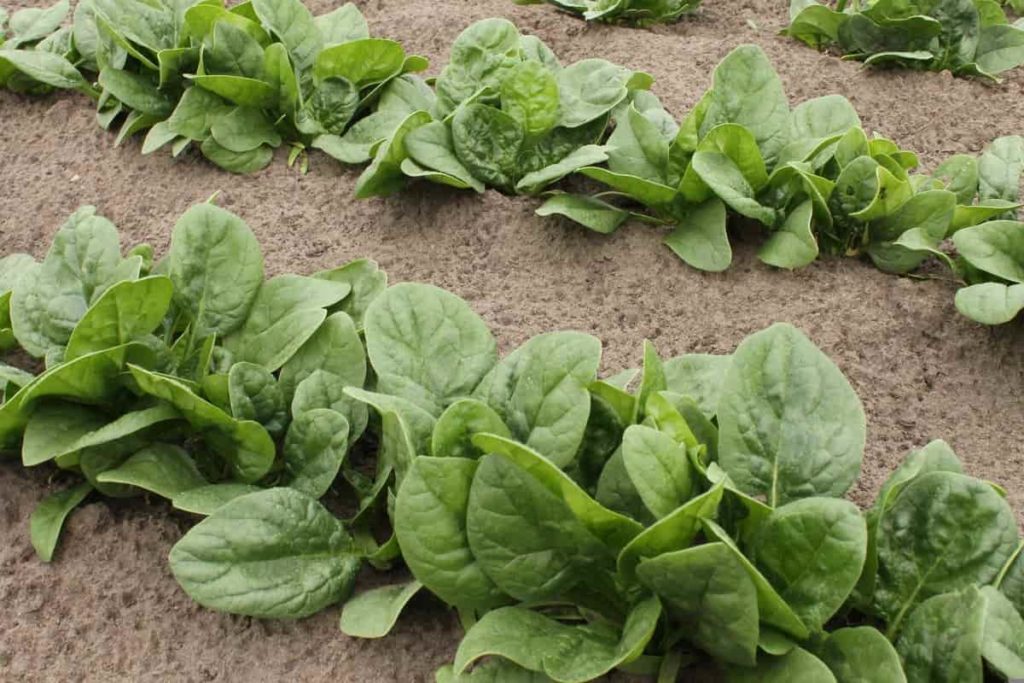
While not strictly necessary, applying organic mulch in the autumn can benefit many fruiting and attractive plants, particularly young plantings that have not had time to establish a substantial root system. Mulching in the winter protects plants against frost damage by creating a thermal barrier between the soil and the elements, protecting the plant’s root system from the cold. Put new insecticides away in a cool, dry spot where they won’t freeze during the winter. Before putting away lawn equipment for the winter, be sure all fuel has been removed.
The findings of a soil test will tell you what kind of amendments to use, and you can go to work. Tilt the compost bin. Before the first strong freeze, bring potted plants indoors or to a sheltered spot. Grow some garlic and shallots in addition to your lettuce, arugula, and spinach. Put in some spring bulbs. Vegetables such as beets, carrots, radishes, and asparagus should be planted. Grow annual flowers, including larkspur, delphinium, lilac, sweet pea, and poppy. Always fill and clean your bird feeders.
Alabama vegetable planting calendar
| Vegetables | Zone 7 | Zone 8 | Zone 9 |
| Beans | Apr to mid-Oct | Mid Mar to mid-Oct | Mid Feb to May, Sep to Nov |
| Beets | Mar to May, Aug to Oct | Mid Feb to mid-May, mid-Aug to mid-Nov | Feb to Apr, mid Sep to Nov |
| Broccoli | Mid Feb to May, Aug to mid Nov | Feb to mid-May, Aug to Nov | Mid Jan to Apr, mid aug to mid dec |
| Brussel Sprouts | Mid Apr to mid-Sep | Apr to Aug | Mar to Jun |
| Cabbage | Mar to mid-June, mid-July to Oct | Mid Feb to May, Aug to mid-Nov | Feb to mid-May, Sep to mid-Dec |
| Carrots | Mar to mid-June, Aug to Oct | Mid Feb to May, mid-Aug to mid-Nov | Mid Feb to may, mid Sep to mid dec |
| Cauliflowers | Mid Feb to May, Aug to mid-Nov | Feb to mid-May, mid-Aug to Nov | Feb to mid-May, Sep to mid-Dec |
| Corn | May to Aug | Mid Apr to Aug | Mid Feb to May, mid-Aug to Nov |
| Cucumber | May to Aug | Mid Apr to Aug | Mid Feb to May, mid-Aug to Nov |
| Kale | Mar to May, Aug to mid-Nov | Mid Feb to mid-May, mid-Aug to mid-Nov | Oct to Dec |
| Lettuce | Mar to May, Aug to Oct | Mid Feb to May, mid-Aug to mid-Nov | Mid Jan to Apr, mid-Sep to mid-Dec |
| Onions | Mar to Aug | Mid Feb to Aug | March to May |
| Peas | Mid Feb to mid-May, mid-Aug to mid-Nov | Mid Feb to mid-May, Sep to mid-Nov | Jan to march, Oct to mid-Dec |
| Peppers | Mar to Sep | Mid Feb to mid-Sep | Jan to May, mid-July to Nov |
| Spinach | Mar to June, Aug to mid-Nov | Mid Feb to May, Sep to Nov | Mid Jan to Apr, mid-Sep to mid-Dec |
| Squash | May to mid-Oct | Mid Apr to mid-Oct | Mar to Jun |
| Tomato | Mar to Sep | Mid Feb to mid-Sep | Jan to May, mid-July to Nov |
In case you missed it: Top 29 Vertical Vegetable Garden Ideas for Beginners: Check How this Guide Helps Home Gardeners
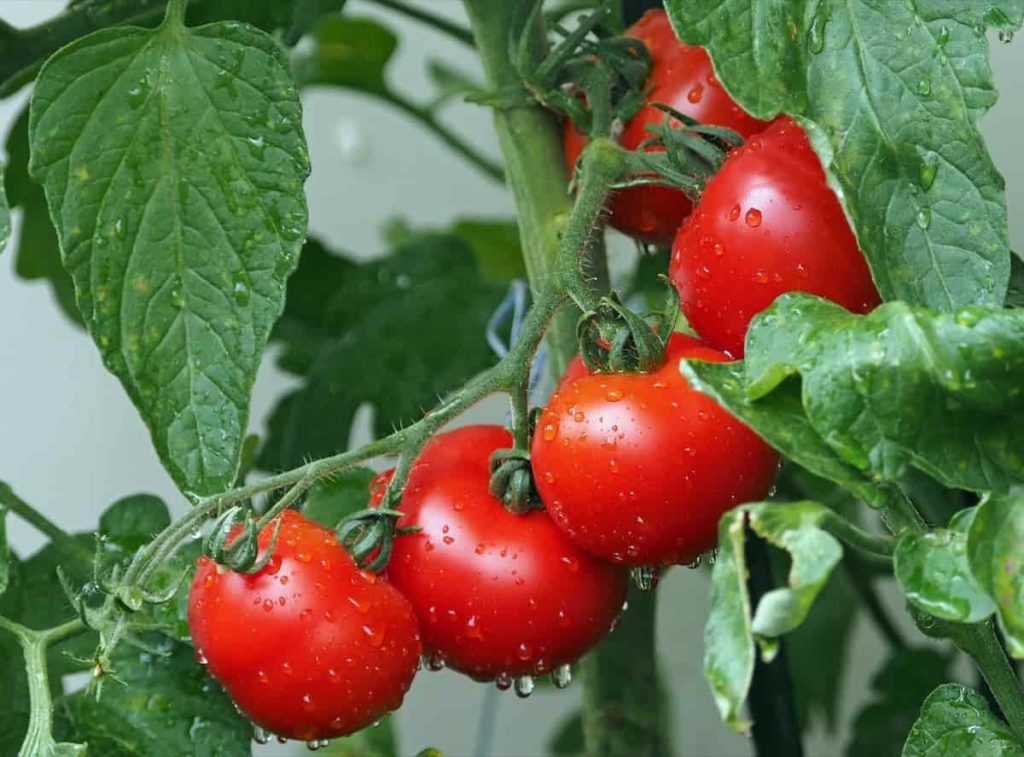
Conclusion
Planning and keeping an eye on your garden are essential for success. Careful planning, including selecting the proper spot, planting at the right time, using the right quantity of fertilizer, and planting the right types (including pest management), will provide the best results. If you live in the following towns, cities, and counties of Alabama (AL) of Zone 7, Zone 8, and Zone 9 in the United States, this article may be helpful to understand the vegetable planting calendar, month-wise chart along with planting seasons.
| Birmingham | Clanton |
| Montgomery | Talladega |
| Mobile | Saraland |
| Huntsville | Atmore |
| Auburn | Pell City |
| Tuscaloosa | Sylacauga |
| Dothan | Centre |
| Foley | Brewton |
| Hoover | Alexander City |
| Opelika | Calera |
| Cullman | Vestavia Hills |
| Gadsden | Spanish Fort |
| Anniston | Demopolis |
| Fairhope | Monroeville |
| Prattville | Fort Morgan |
| Daphne | Bay Minette |
| Phenix City | Robertsdale |
| Muscle Shoals | Tuscumbia |
| Fort Payne | Rainsville |
| Guntersville | Fayette |
| Wetumpka | Central Alabama |
| Trussville | South Alabama |
| Scottsboro | East Alabama |
| Eufaula | North Alabama |
| Alabaster | West Alabama |
| Hartselle |
- Aquaponic Farming at Home: A Step-By-Step Guide
- Profitable Village Farming Business Ideas in 2024
- High-Yield Aquaculture: Fast-Growing Fish for Farming
- Effective Fish Pond Construction Techniques for Beginners
- Irrigation and Water Management in Pineapple Farming
- Blossom to Harvest: Mastering Flowering and Pollination in Papaya Farming
- Pig Fattening Essentials: From Selection to Sale for Beginners
- Raising Wagyu Cattle: A Complete Guide for Premium Beef Production
- Soil Types and Their Water Holding Capacity
- Optimizing Irrigation Schedules for Coconut Groves for Enhanced Yield
- Espresso Your Garden: Coffee Grounds for Healthier Acid-Loving Plants
- The Best Soil Mix for Snake Plants: How to Mix Your Own Snake Plant Soil
- Green Thumb Success: Expert Tips for Cultivating Greenhouse Beans All Year Round
- Bloom All Year Round: The Ultimate Guide to Indoor Hyacinth Care
- Eco-Friendly Gardening: How to Make Liquid Fertilizer from Kitchen Waste
- Ultimate Guide to Grow Anise in Pots: Explore Seed Propagation to Harvesting
- Guide to Raising Chester White Pigs: Discover Breed Facts to Growth Management
- Mastering the Elegance: The Ultimate Guide to Weeping Cherry Tree Care, Planting, and Maintenance
- Ultimate Guide to Planting Garlic in Grow Bags: Growing Strategies for Beginners
- How to Fix Spider Plant Leaf-Related Problems: Natural and Organic Remedies
- 10 Reasons Why Your Tulsi Plant is Shedding Leaves: Home Remedies and Solutions
- Optimizing Growth and Yield: The Advantages of Palm Bunch Ash Fertilizer
- Utilizing Neem Oil Extract as a Natural Pesticide for Hydrangea
- From Soil to Harvest: Various Ways in Which Farmers Can Use AI Tools
- Steps to Encourage and Induce Citrus Flowers: A Comprehensive Guide
- How to Fix Snake Plant Leaf-Related Issues: Natural and Organic Remedies
- Transform Your Garden into a Fragrant Oasis with Raat Ki Rani (Night Blooming Jasmine)
- Discover the Ideal Chicken Breeds for Philippine Farms
- How to Create a Poultry Egg Farm Business Plan for Profits
- Grow Lemon Cucumbers Like a Pro: Insider Techniques for Bountiful Yields
- Ultimate Guide to Caring for Your Pink Princess Philodendron: Tips for Thriving Variegation
- Areca Nut Profit Per Acre: Calculating Yield and Cost of Cultivation
- How Kaveri Chicken is Becoming a More Profitable Breed in Indian Backyards
- Transform Your Barn: 9 Steps to Convert a Horse Stall into a Chicken Coop
- Exploring Suffolk Sheep Disadvantages with Limitations and Challenges
- Guide to Solving Potted Lemon Tree Problems: How to Revive Lemon Tree in Containers
